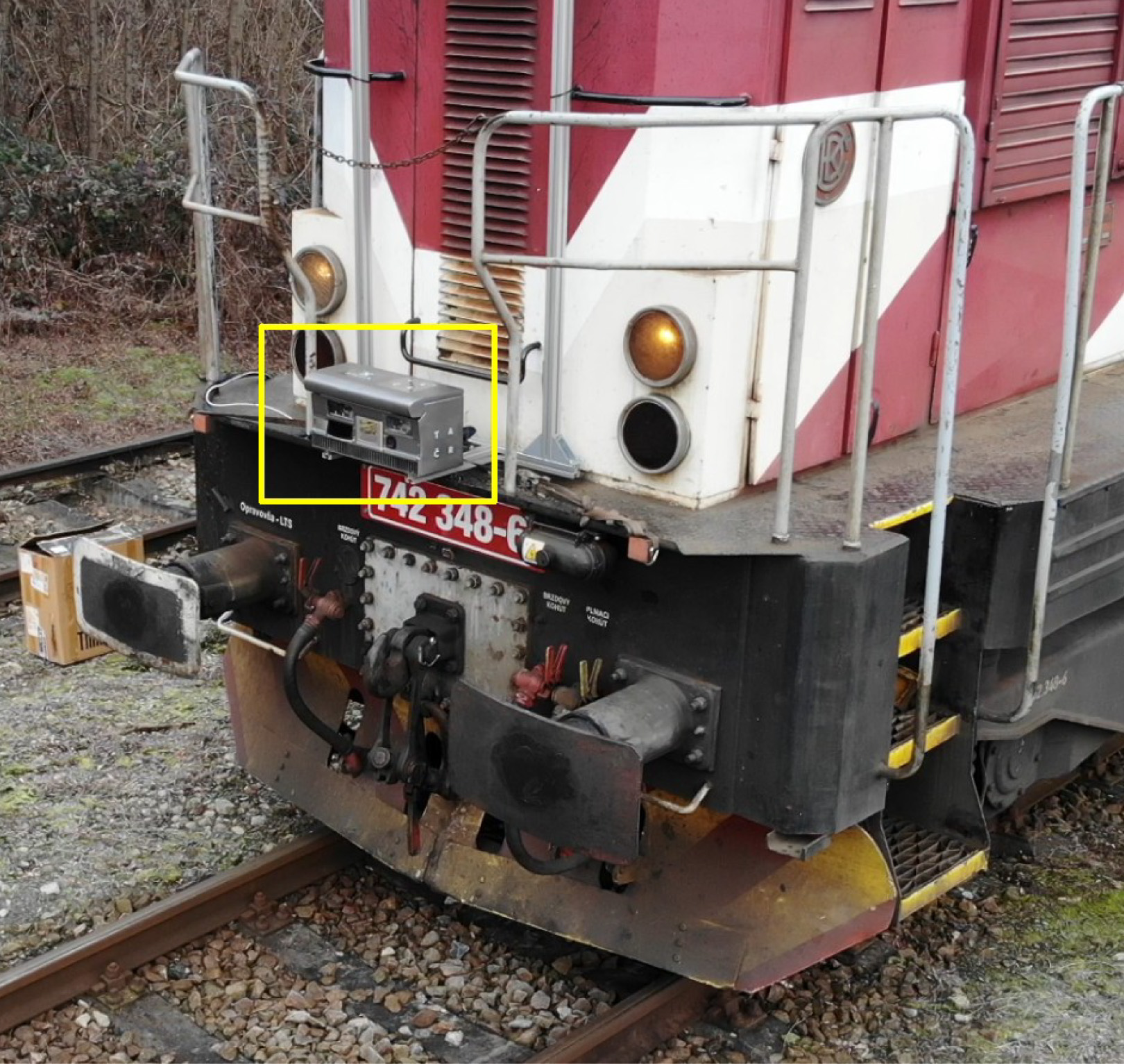Simulator of railway track conditions can help enhance railway safety
Enhancing railway safety has been a much-debated topic for a long time. To illustrate, according to statistics published by the Rail Safety Inspection Office (RSIO), a total of 1260 incidents occurred on the railways last year, claiming 240 lives. The number of incidents has been the highest since the RSIO published these statistics in 2015. The above figures only confirm the seriousness of the issue. It should be noted that there is currently no obstacle detection system available for rail transport (unlike in the case of road traffic, for example), which is a fact this joint project between IT4Innovations National Supercomputing Center and IXPERTA company should change.

The developed simulator is essential to build a functional sample of the detection system. It can faithfully model the real conditions on the track (e.g., day and night mode, different season conditions, simulation of obstacles on a railway track, use of thermal imaging for riding in low visibility, etc.). “The simulator supports creating a virtual 3D environment of the train line as a digital replica from the provided input data. Subsequently, it is possible to create various situations on a real railway track, ranging from common ones to critical ones that occur relatively rarely. Sensors such as the global position of the train, the RGB camera, and LIDAR, which the prototype of the real train is equipped with, are simulated. The simulator outputs are then used to validate or train the detection system,” explains Petr Strakoš from the Infrastructure Research Lab, who was in charge of the project at IT4Innovations.
He further confirms that “Visual information about the situation in front of the train plays a key role in developing the obstacle detection system. Therefore, great emphasis was placed on the visual output quality generated when developing the software simulator for railway track conditions. For this purpose, path tracing – a method that allows the generation of photorealistic quality images from a computer-generated scene – was used. To generate the output image data, the supercomputer's CPU or GPU compute nodes were used for acceleration.”
"We completed this project last year, fulfilling the main objective to create a functional sample of a detection system and a simulator generating data for modelling dangerous situations occurring ahead of the train, thus extending the testing capabilities of the detection system. I firmly believe that the result will contribute to enhanced railway safety and support further development of autonomous railway vehicles," said Petr Jelen, Technical Project Leader and Department Manager, IXPERTA company.